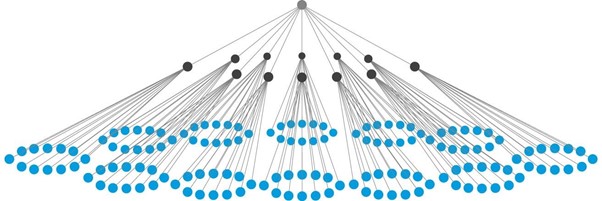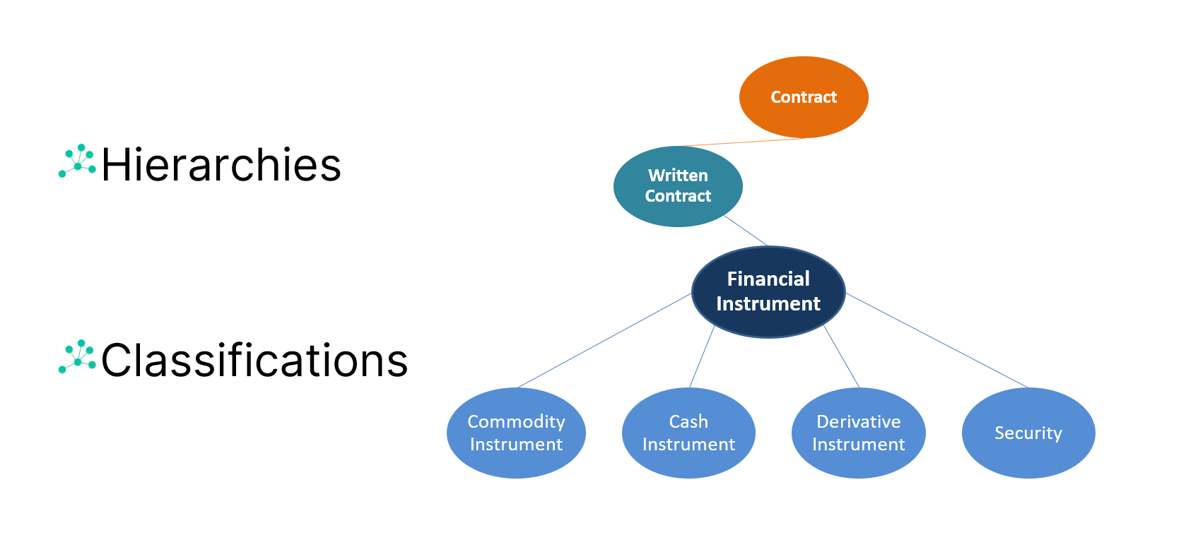Datalakes, data warehouses, big data engines and most databases default back to SQL as their main query language, but anyone familiar with SQL is aware of the complexity of understanding and querying the data stored in hundreds of tables and columns to deliver answers to common business questions.
SQL is versatile, easy to learn and use, supports Set operations and has been extended with analytical capabilities such as window functions, complex aggregation functions and other literals. One feature that is painfully missing when trying to compose SQL queries is the mapping of the physical data to the organization’s business model that gives meaning to data. The way this is done today requires users to consult schemas and/or data catalogs to perform data discovery and then to compose the queries using logic, joining tables and applying filters to answer the business requirements.
Intelligent Semantic Business Modeling
Timbr’s intelligent semantic models eliminate this complexity by providing a semantic layer above the organizational data, so discovering and querying data becomes an easy task. Timbr transforms the many tables and columns from multiple data sources into easy to understand nodes of business concepts such as customer, product, transaction, etc., mapped to the underlying data and connected by relationships. Once Timbr users have mapped their data to the model’s concepts, they can query them in standard SQL, instead of directly querying the database.
So, why query the business model and not the database directly?
Mapping data to Timbr’s semantic business model transforms raw data into data with meaning and relationships, making queries simpler and shorter. Two features that are an integral part of this model and emphasize its advantages are hierarchies and classifications.
Hierarchies
Timbr’s semantic model enables users to map data to concepts organized by hierarchies. In the image above we see an example of a hierarchy, starting from concept ‘Contract’, all the way down to concept ‘Security’. Each lower level in the hierarchy is a subset of the upper concept. This type of relationship can be better understood by reading from the bottom and going up in the hierarchy. For example, a ‘Security’ is a type of ‘Financial Instrument’, which is a type of ‘Written Contract’, which is a type of ‘Contract’.
Timbr enables inheritance relationships used to create a hierarchy of classes. The critically important consequence of the inheritance relation is the inheritance of properties from the parent (inheriting) class to the child (inherited) class. Thus, anything that is necessarily true of a parent class such as Financial Instrument is also necessarily true of all of its inherited child classes, one of them being Security.
By querying concepts, users benefit from the inheritance relationship so SQL queries are much shorter.
Classifications
Another key aspect of Timbr is the ability to create classifications. How is this useful? For example, the classification of the different Financial Instruments provides a clear representation of the real world that is much easier to understand and use than the underlying tables and columns.
Classifications are essentially hierarchies enriched with business logic used to classify classes, so the business logic becomes integrated with the business data model.
In the example above we see 4 concepts: `Community Instrument`, `Cash Instrument`, `Derivative Instrument` and `Security`, which are all classifications of `Financial Instrument`. The user can now map all the desired data from various sources to each of the relevant classifications, while they all enjoy the inheritance of properties and relationships from `Financial Instrument` above.
When users perform a query, they can query individual classifications, for example, if they only want to see data regarding `Security`, however, they can also ask to query `Financial Instrument` which will return data from all classifications.
Contact us to learn more about how Timbr’s semantic business model and its features such as hierarchies and classifications can help you understand data, simplify analytics and accelerate time to value.
How do you make your data smart?
Timbr virtually transforms existing databases into semantic SQL knowledge graphs with inference and graph capabilities, so data consumers can deliver fast answers and unique insights with minimum effort.




